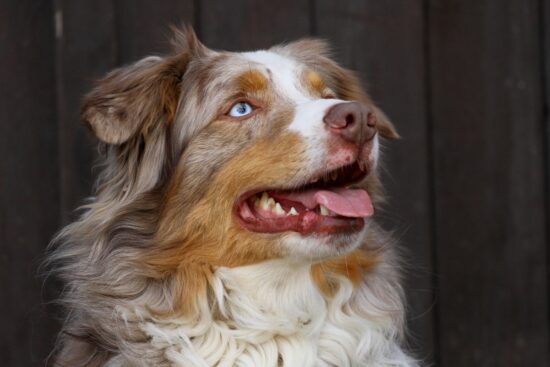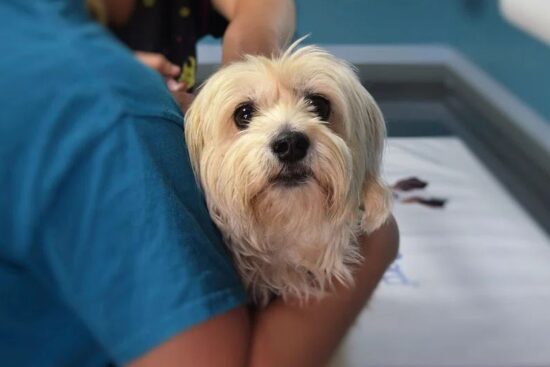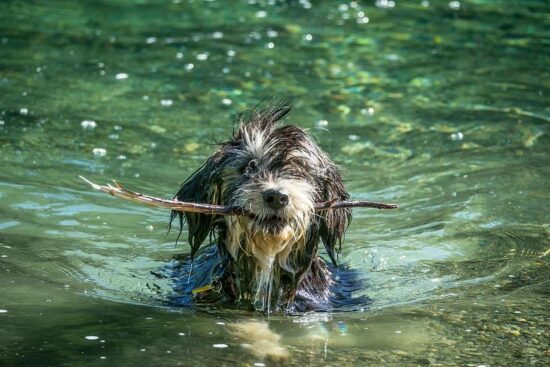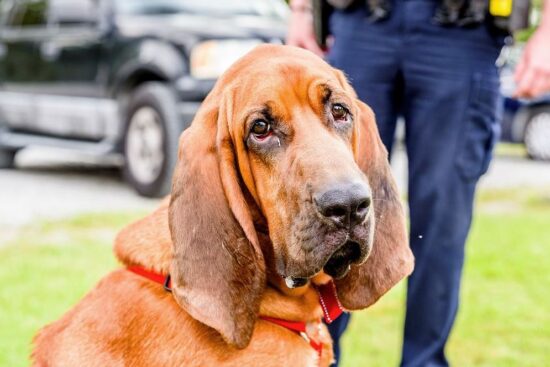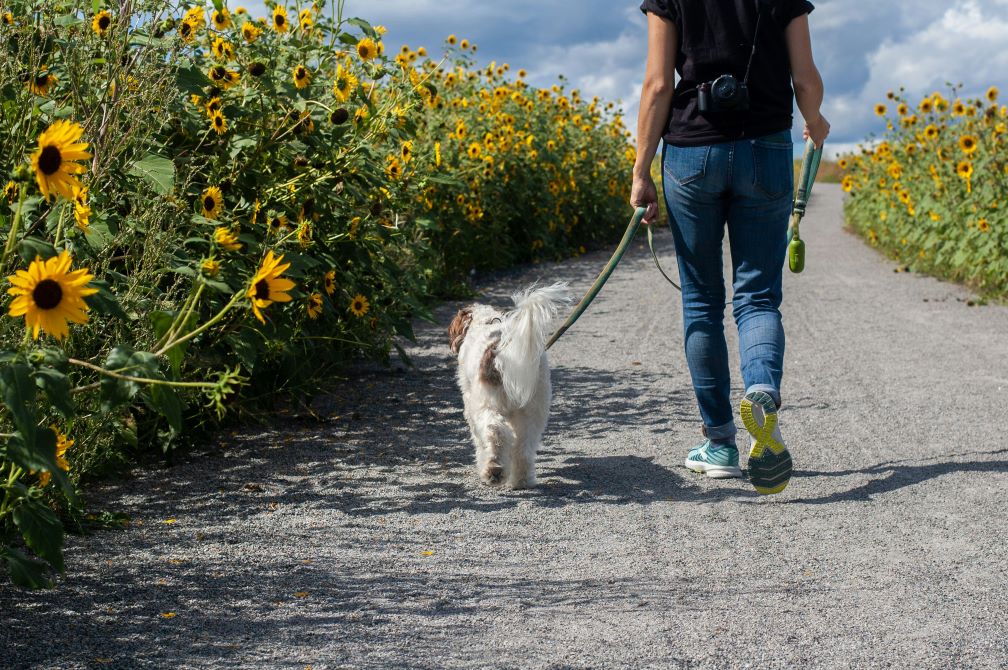
Dog walks aren’t just a chore – they’re an essential pillar of canine health, happiness, and a strong bond with you. They provide a workout for both body and mind, prevent behavioral issues, and offer a chance to explore the world with your four-legged friend. Let’s dive deeper into the benefits, techniques, and gear you need for optimal dog walks.
The Transformative Power of a Simple Walk
Physical Fitness: Regular walks are crucial for maintaining good health. They help dogs avoid obesity, keep muscles strong, and promote joint health. A study published in the Journal of the American Veterinary Medical Association (JAVMA) found that dogs receiving regular walks were less likely to be overweight compared to those who didn’t walk as often.
Mental Stimulation: Dogs, just like us, crave novelty and mental challenges. Walks offer a barrage of sensory delights: sniffing interesting objects, hearing new sounds, and observing the world around them. This stimulation keeps their minds active and engaged, reducing boredom-related problems like excessive barking, chewing, and hyperactivity.
Potty & Digestive Health: Consistency matters! Regular walks allow dogs to establish a bathroom routine, which is crucial for preventing accidents indoors and maintaining digestive regularity.
Socialization Powerhouse: Exposure to new sights, sounds, humans, and other dogs is vital for puppies and adult dogs alike. Well-socialized dogs are generally less anxious, reducing behavioral issues like fear-based aggression and leash reactivity.
Bonding & Training Time: Taking a walk with your dog is an opportunity for dedicated one-on-one attention. Use walks for reinforcement training, leash manners practice, and simply enjoying each other’s company. This strengthens the human-animal bond and makes your dog more responsive to your guidance.
How Much, How Often, & Where to Walk: Tailoring the Experience
Walk Duration: There’s no one-size-fits-all answer, as the ideal walk duration depends on your dog’s age, breed, fitness level, and health status. Veterinarians often recommend aiming for at least 30 minutes of moderate-intensity exercise per day for most dogs. However, it’s wiser to focus on your dog’s signals rather than just the clock. If your dog is panting excessively, lagging behind, or seems disinterested, it’s time to wrap up the walk.
Frequency: Consistency is key! Most adult dogs thrive with two or three walks per day. Puppies and senior dogs may need shorter, more frequent outings.
Weather Watch: Be mindful of extreme temperatures. Avoid strenuous walks in extreme heat or cold. During hot weather, walk during cooler parts of the day and always provide access to water. If it’s lightly raining or snowing, invest in a dog raincoat and go for a brisk adventure. Skip walks during unsafe conditions like thunderstorms or blizzards.
Terrain Adventures: Variety is the spice of life for dogs! Mix up your routes between parks, trails, quiet neighborhoods, and even pet-friendly stores. Different terrains engage different muscles and provide a richer sensory experience for your pup. Be cautious of overly challenging terrain – very steep trails or rocky surfaces might not be suitable for all dogs.
The Influence of Breed: Energy Levels and Exercise Needs
High-Energy Heroes: Breeds like Siberian Huskies, Border Collies, Australian Shepherds, and other working or sporting dogs were bred for stamina and mental activity. They’ll need at least 60 minutes of daily exercise, often split into two or more walks. Incorporate fetch, dog sports like agility, or even supervised jogging sessions to burn off their boundless energy.
Mellow Movers: Pugs, Shih Tzus, Bulldogs, and other brachycephalic breeds (those with short snouts) can overheat quickly. Keep their walks short and sweet, focusing on mental enrichment through sniff walks and puzzle toys rather than long distances.
Gear Guide: Outfit Your Dog (and Yourself) for Walk Success
Leash & Collar/Harness: The backbone of safe and enjoyable walks.
- Leash: Choose a comfortable leash length (4-6 feet is common) and material according to your dog’s size and strength. Retractable leashes can be more dangerous, so opt for a standard leash if your dog has poor recall or strong pulling tendencies.
- Collar: Ensure the collar is well-fitting and has secure ID tags with your current contact information.
- Harness: Harnesses are excellent for dogs prone to pulling, providing added control and distributing pressure more evenly on the dog’s body.
Poop Bags & Dispenser: Being a responsible dog owner means cleaning up! Biodegradable poop bags are a must, and a dispenser that attaches to your leash makes life easier.
Water & Bowl: Portable water containers and collapsible travel bowls are essential for ensuring your dog stays hydrated, especially on longer walks or hot days.
Treats: Small, healthy treats are great for rewarding good walking behavior and reinforcing training commands. Consider a treat pouch that clips to your belt or pants for easy access.
Optional Gear:
- “Hands-Free” Leash: These leashes with a waist belt are great for jogging or if you like to have both hands available.
- Headlamps or Reflective Gear: Improve visibility during evening or early morning walks.
- “Musher’s Secret” Paw Protector: Protects paws against hot pavement, road salt, or icy conditions.
- Dog Boots: Provide extra protection on rough terrain or extreme weather conditions.
- Doggie Backpack: Let your dog carry their own water or treats for an added challenge on hikes.
Walking Like a Pro: Mastering Leash Manners & Safety
Loose-Leash Walking: Teaching your dog to walk politely on a loose leash is a game-changer. Practice at home with positive reinforcement techniques, rewarding them for walking by your side without pulling. For a comprehensive guide on loose-leash training, check out this resource from the ASPCA
Safety First: Be aware of your surroundings, avoid crossing busy streets without proper signals, and always keep your dog in sight. In areas with off-leash dogs, only let your dog off-leash if you have reliable recall and it is legally permitted.
React to Distractions: Dogs will encounter squirrels, other dogs, or enticing smells. Use treats, redirection, and training commands like “leave it” and “look at me” to manage distractions and keep your walks enjoyable and safe.
Maximizing Mental Stimulation on Walks
Sniffari Time: Intentionally allow your dog time to sniff during their walks. Sniffing is a crucial way for dogs to process information about the world and burns mental energy.
Training Interludes: Practice basic commands like “sit”, “stay”, and “heel” throughout your walks. This keeps their minds engaged and reinforces good behavior.
Environmental Enrichment: Choose walking routes with varied surfaces like grass, dirt, or gravel. Let your dog explore (safely) under bushes or around benches. Changes in texture and environment are stimulating to their senses.
Additional Considerations
Puppies: Very young puppies need shorter, more frequent walks. Focus on positive experiences rather than long distances.
Senior Dogs: Tailor their walks to their changing activity levels. Consult with your veterinarian about appropriate exercise for older dogs who may have joint issues.
Reactive Dogs: If your dog has significant reactivity to other dogs or people, consult a certified dog trainer or behaviorist to develop a safe and structured walking plan.
Remember, walks are an investment in your dog’s well-being and your bond with them. With the right knowledge, gear, and a positive attitude, you’ll transform those daily walks into an enriching adventure for both of you!











